In 1091 the Byzantine Empire appeared to be falling apart after a series of weak emperors and military defeats in nearly every corner of its lands. 20 years earlier the Empire, under emperor Romanos IV Diogenes, the Empire had suffered a crippling defeat at the hands of the Suljuks at Manzikert.
Not only had their army been shattered, but Romanos IV himself was captured and overthrown in a coup upon his return. This led to the rise of the disastrous Doukas dynasty, which would see no less than six emperors and co-emperors over the course of a mere 22 years.
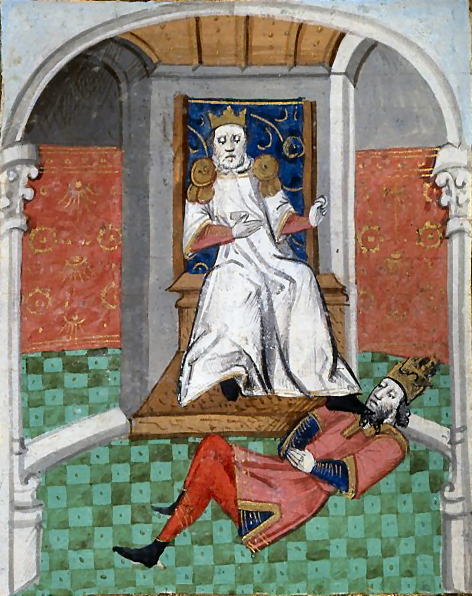
Due to the incompetence of the Doukas line, which included further military defeats in Italy and the Balkans, Alexios I Komnenos was able to rise to power in a bloodless coup in 1081.
One of the first major military challenges Alexios had to face was the encroachment of Pecheneg and Cuman armies in the Balkans. The Pechenegs were a Turkic nomadic people who primarily practiced Shamanism for most of their history although they had begun to convert to Islam by the 12th Century.
Due to defeats at the hands of Rus forces, especially those of Kiev, by the late 12th Century they were forced to encroach upon the lands of the Byzantine Empire. The Cumans were similarly a Turkic group and semi-Nomadic, but instead practiced Tengri beliefs.
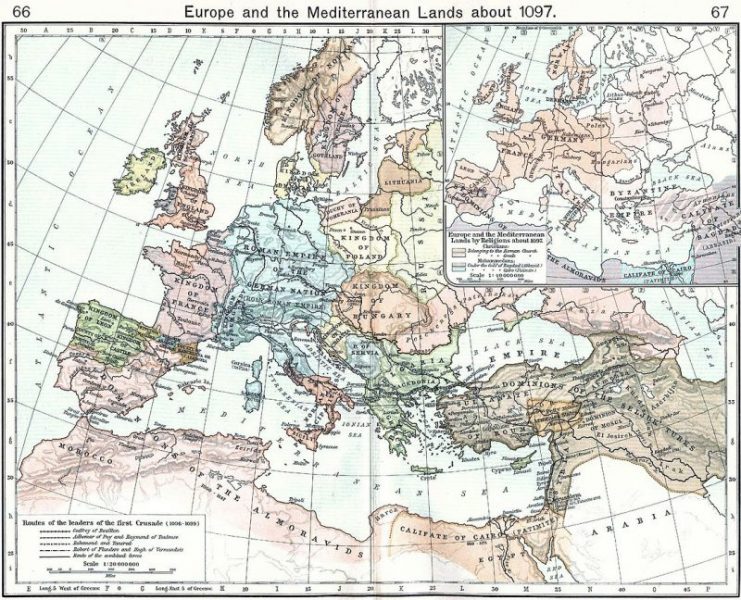
The Cumans were also in conflict with various Rus rulers, but were much more successful at this point. Both the Cumans and Pechenegs were distantly related to the Seljuk Turks that the Byzantines were fighting on their Eastern front, but differed greatly due to the Persian cultural influences, Sunni Muslim beliefs, and permanently settled society of the Seljuks.
The Pechenegs and Cumans often worked as mercenaries, and had generally worked together against the Byzantines in the decades preceding the Battle of Levounion. However, this alliance would fracture over disagreements about dividing the spoils of war, creating a crucial opportunity for the Byzantines.
According to historian, Victor Spinei, “The disagreement between the Cumans and the Pechenegs regarding plunder shares produced a decisive breach between the two Turkic peoples, a breach which Alexios I skillfully exploited in the Spring of 1091.”
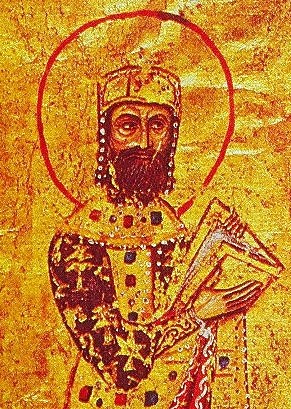
In 1091, invading Pecheneg forces had reached the area around Enos – threatening nearby Constantinople. Alexios realized that a battle was inevitable and gathered his forces. Unfortunately, due to decades or poor leadership and military defeats, the Byzantine army was a shadow of its former self.
However, using his diplomatic prowess, and a generous amount of gold, Alexios was able to grow his army to more than two and a half times its original size with Cuman mercenaries. Still, the Pechenegs held a modest advantage in numbers.
The battle itself was straightforward, quick, and remarkably one-sided. The combined Byzantine-Cuman force located the Pecheneg camp near the Evros (Meritsa) river. The Pechenegs were not well prepared for battle – many had even brought their families with them.
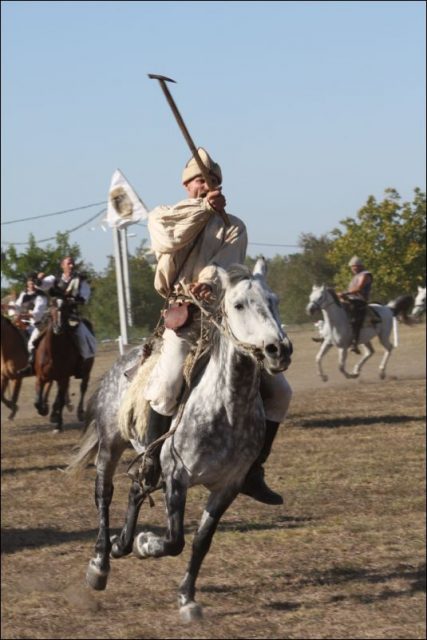
On the morning of April 29th, 1091, the Byzantine-Cuman force launched an attack on the Pecheneg camp that likely caught the invaders entirely by surprise. The battle turned into a slaughter nearly immediately with the Pechenegs unable to organize themselves to resist in any significant way. The Pecheneg force was nearly wiped out, and most of the few survivors were captured and enslaved.
The victory at Levounion was a turning point in history that would allow Alexios to proclaim himself the savior of the Empire, and in many ways he was. This victory helped Alexios consolidate his power, and solidify control over the Balkans.
This in turn enabled the Byzantine military to replenish itself and refocus on the battle against the Seljuks in the East. The following military, political, and economic recovery became known as the Komnenian Restoration and would allow the Byzantine Empire to last several hundred more years.
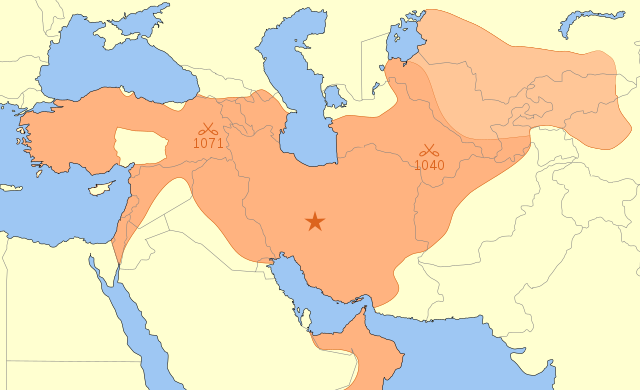
As for the Pechenegs, this battle essentially marked the end of their civilization as so many families were killed that those who managed to escape were essentially forced to assimilate into other cultures.
In contrast, the Cumans would continue to be a significant force in Eastern Europe for hundreds of years, and continued to be a crucial ally to Byzantine forces. Their influence can still be felt to this day in several Central and Eastern European cultures, especially in modern day Hungary, where their influence on language, surnames, and culture can clearly be seen.
